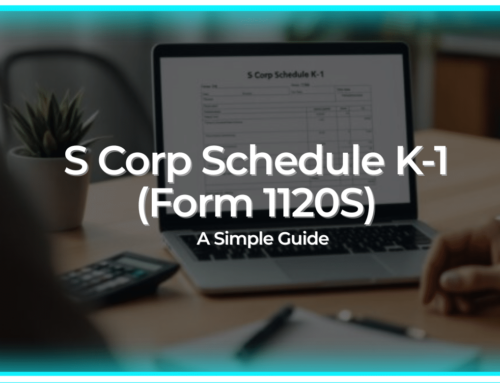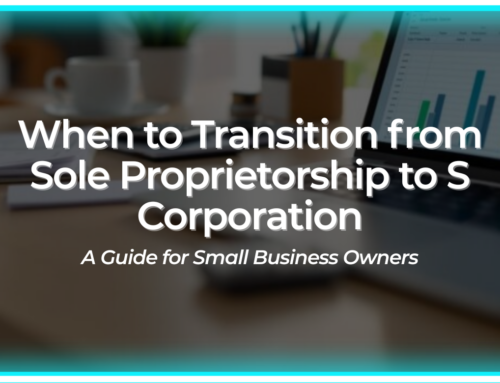Hi everyone, I’m Bette Hochberger, CPA, CGMA. If you’re diving into the world of short-term rentals, you might be wondering about the best way to report your income and expenses on your tax return. Two common forms come into play: Schedule C and Schedule E. Each has its own nuances, and choosing the right one can make a significant difference for your finances. So, let’s go ahead and break it down!
Understanding Schedule C
Schedule C, also known as the Profit or Loss from Business form, is typically used by those who are self-employed. If you treat your short-term rental as a business—meaning you have regular guests, actively manage the property, and offer services beyond just renting out the space—this form might be right for you.
When you file Schedule C, you can deduct a wide range of expenses directly related to your rental operation. This includes costs like:
– Advertising: Any money spent to promote your rental.
– Repairs and Maintenance: Keeping the property in top shape.
– Utilities: Water, electricity, internet, etc.
– Supplies: Items like bedding, toiletries, or kitchen supplies for guests.
By using Schedule C, you can also claim the Qualified Business Income deduction, which could lower your taxable income further.
Understanding Schedule E
On the other hand, Schedule E is used for reporting income or loss from rental real estate. If you’re renting out your property but don’t actively manage it as a business—perhaps you have a property manager or you only rent it out occasionally—Schedule E is likely the better option.
This form allows you to report your rental income and claim certain deductions, but the range is a bit more limited compared to Schedule C. Common deductions on Schedule E include:
– Mortgage Interest: A significant expense for many landlords.
– Property Taxes: Local taxes assessed on your property.
– Depreciation: A way to recover the cost of the property over time.
– Repairs: Necessary fixes to maintain the property.
While Schedule E doesn’t allow for the same level of expense deductions as Schedule C, it generally involves less work and is simpler to complete.
Which One Should You Choose?
So, how do you decide which form to use? Here are a few things to consider:
1. Level of Activity: If you are actively managing your rental and treating it like a business, go with Schedule C. If you’re simply renting out a property and not heavily involved, Schedule E may be your best bet.
2. Income Level: Higher income from your rental might warrant the more extensive deductions available on Schedule C, while lower income could be perfectly suited for Schedule E.
3. Future Plans: If you plan to expand your rental business, starting with Schedule C could set a solid foundation for your future growth.
Choosing between Schedule C and Schedule E doesn’t have to be a headache. By understanding the key differences and assessing how you manage your short-term rental, you can make an informed decision that best suits your financial situation. If you’re ever in doubt, schedule a meeting with us! We can help you navigate your specific circumstances.
I’ll see you next time!







